Students with disabilities form connections with peers
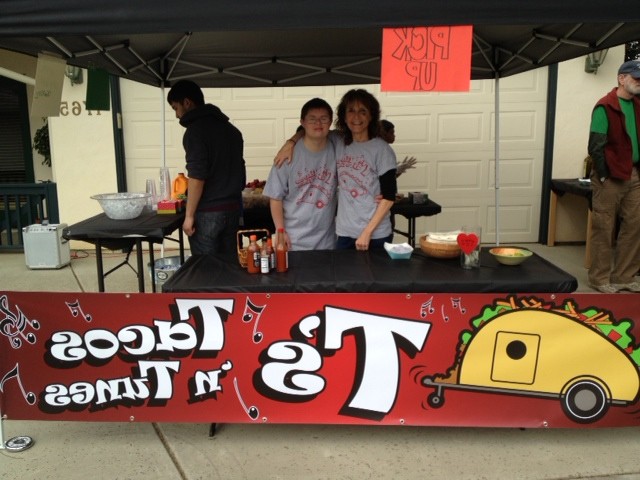
Bluedevilhub.com Staff–
Sweat glistens on the faces of the runners as they take their marks on the hot track while swimmers escape to the pool as they glide through the cool, chlorinated water.
Despite the heat, the temperature has not impact on the persistent cheers that echoed through the UC Davis campus during the annual Special Olympics Games.
For senior Michael Kim, Special Olympics is more than just a sporting event.
The friendly competition environment is one of the largest organizations that offers participants with a wide range of disabilities to participate in sports like basketball, bocce, and tennis.
Michael, a longtime partaker in the Games, is always active. He is a running enthusiast, but also has participated in softball, tennis, gymnastics and swim classes.
Although Michael finds verbal communication difficult, his mother, Sally Kim, believes that her son desires for the same social connections as do as all “typical” people.
Stella Ruiz is a firm believer in the same principle: her son Tommy has Down syndrome but insists on keeping the Davis High alumnus active.
Tommy fondly remembers the time he spent at school on the swim team as well as acting in drama productions. He had a successful time, Stella says, because of the lengths his peers went to ensure that everyone felt like part of the team.
Despite having down Downs Syndrome—a developmental disability caused by the presence of an extra chromosome—Tommy remains immersed in a number of community organizations that provide an outlet to help promote the formation of social skills.
As for many people with development disorders, social skills do not necessarily come naturally.
Stella attributes much of her son’s progress toward independent living and social progress to the early interventions that he underwent, including treatment in physical, speech and occupational therapy.
As for children and teens with an Autism Spectrum Disorder (ASD), another developmental disorder, many need specialized assistance in teaching how to form social skills as an vital way of helping them form connections with their peers. Autism is known to affects brain development, usually resulting in impaired communication and social interaction abilities.
Marjorie Solomon is a clinical researcher at the UCD MIND Institute who has worked on the Social Skills program for over ten years. For 20 to 30 weeks, participants gather for hour and a half sessions that instruct attendees with ASD in how to form social relationships.
“We want them to find people that they like to be with,” Dr. Solomon said.
Solomon explained in one of her lessons that involve teaching; it is what makes a good versus bad friend. Solomon’s program includes individuals ranging from age 8 to 18.
The Special Skills program incorporates coaching in social skill tactics while also allowing participants the chance to get to know the other people in their group. The interaction within the group ultimately helps participants to practice the skill that they are learning through the program.
One of the many social groups Tommy participated in during his high school years is the Alternative Recreation Teen Program offered by the City of Davis and currently is involved in their adult program.
Junior Hannah Lomas works for the Alternative Recreation Program’s bi-weekly Friday night social gathering for teens.
“The place has a real positive vibe,” Lomas said.
The group of teens, many of who have some type of disability, congregates at the Senior Center but often times take field trips to the movie theater or Yolo Berry.
The Alternative Recreation Teen Program is one of the few places where adulterants with disabilities have the chance to connect with their peers
“It’s a nice place for them to interact with other teens and make new friends,” Lomas said.
“With those kids [with disabilities], it would be tremendous for their peers to come alongside and include them in their lives. I think if we slow things down a bit and pause to think what might make our days better, that would also be equally effective for kids with special needs,” Sally said.
While the importance of connections between peers is noticeable for Sally, researchers at the Center on Secondary Education for Students with Autism, commonly known as CSESA, are conducting a study on such benefits.
Project coordinator Aimee Bord of CSESA hopes to see significant improvement in the schoolwork of students with ASD was they experience more time with peers in and outside of school.
As the study at CSESA looks for scientific evidence of the benefit of social interaction for students with ASD, teacher Bill Wheeler has years worth of proof: the high percentage rate of DHS students with disabilities who graduate.
Wheeler, who teaches multiple classes of Reading as well as Writing Fundamentals, enjoys seeing the partner collaboration within the class during group projects.
The small size of the classes is designed to specifically be able to help students who qualify for special education work to grade level standards.
“The projects that we did in class really helped bring students together who might not interact normally,” Wheeler said.
Wheeler’s classes allow students to interact with each other in a comfortable environment, whereas it is more difficult for them to become fully involved in other classes.
Many parents as well as experts find that one of the main difficulties in achieving peer interactions for students with disabilities is the lack of motivation for other students to initiate friendships.
“The biggest challenge I see is the willingness of others to look past differences and to see a persons strengths,” Patricia Schetter said.
Schetter is the owner of Autism and Behavior Training Associates.
Sally understands the importance of involving her son in social activities even though he may communicate it differently.
“I think it’s natural for us to avoid people or situations that make us uncomfortable or push us out of our comfort zones….It’s also an incredible opportunity for us to see our schools, our city, our families, or whatever the case, through someone else’s eyes and needs that are different from our own,” Sally said.

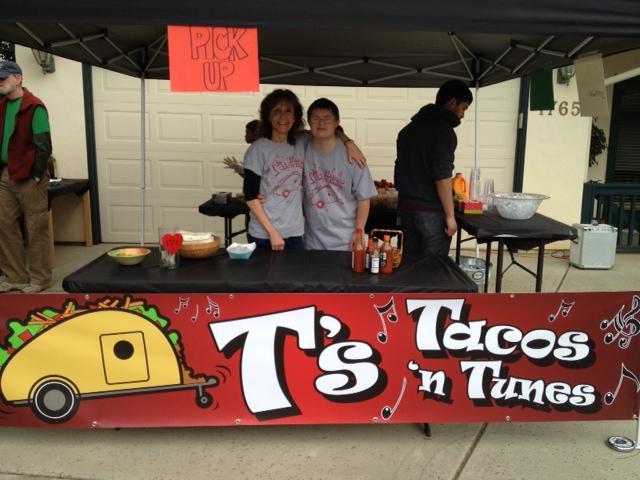
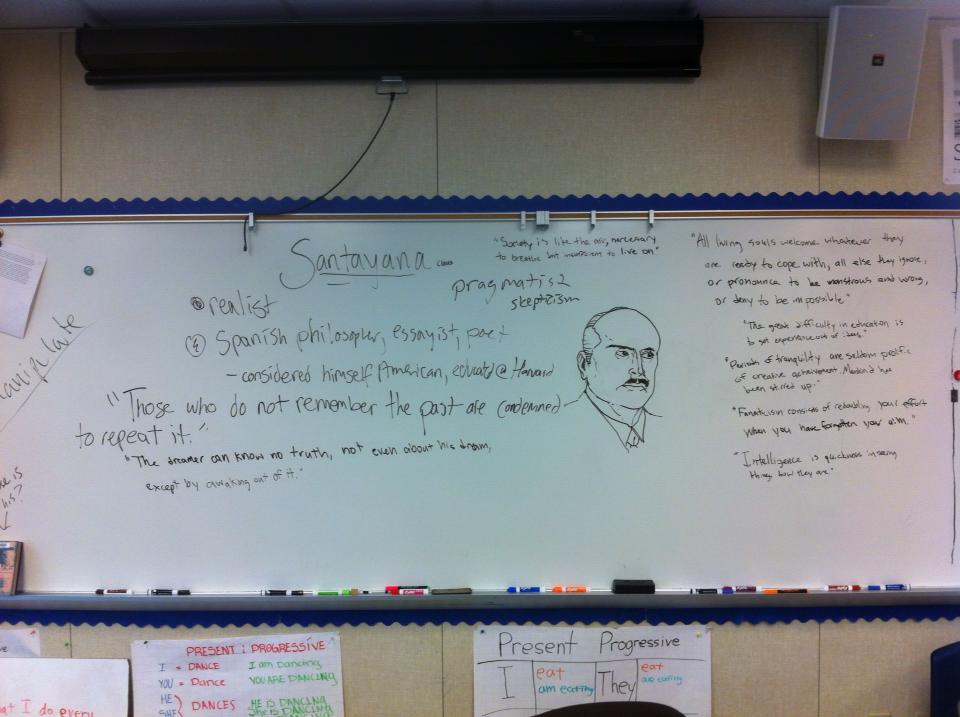
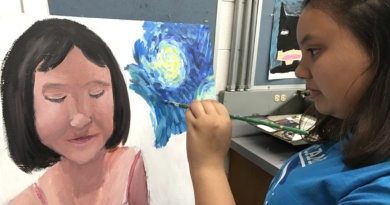
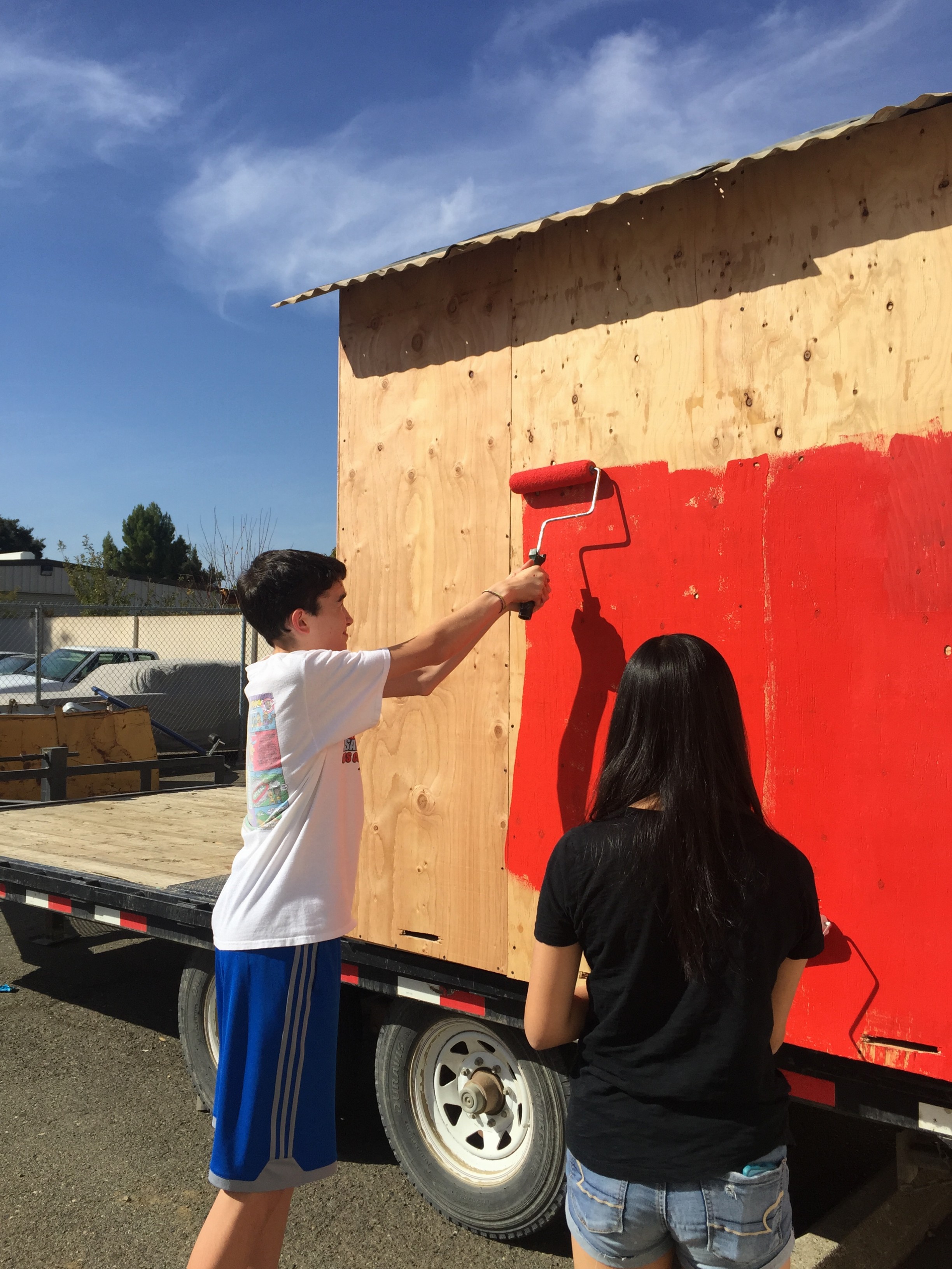
This is a well written article. Michael and Tommy are very good athletes that I get to help coach.